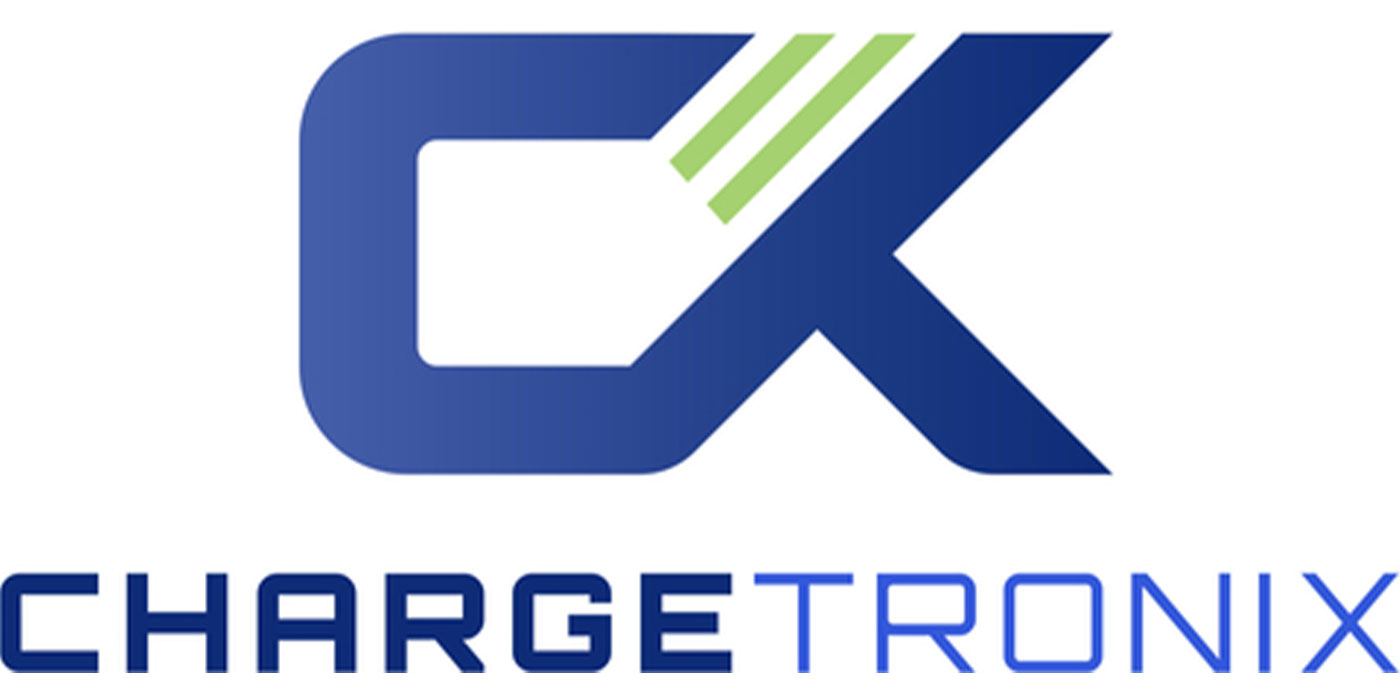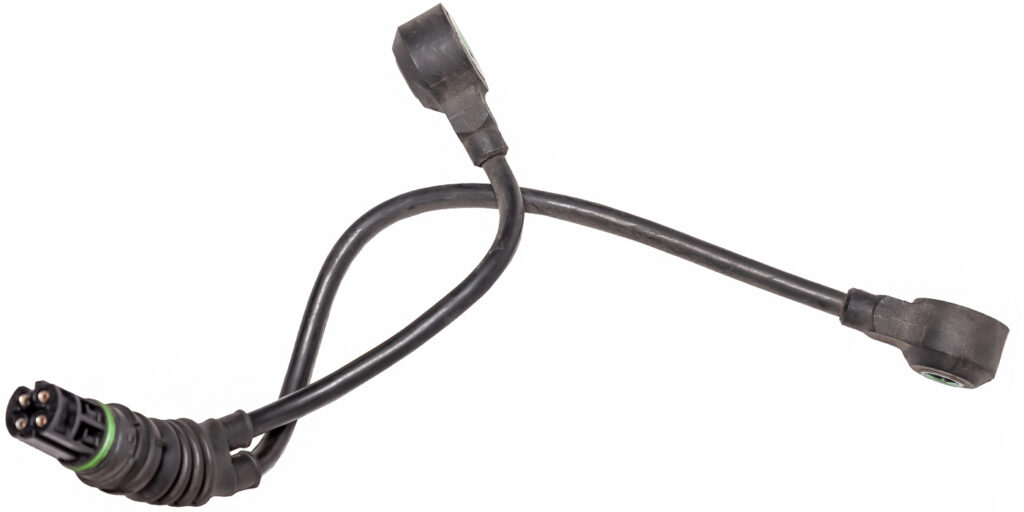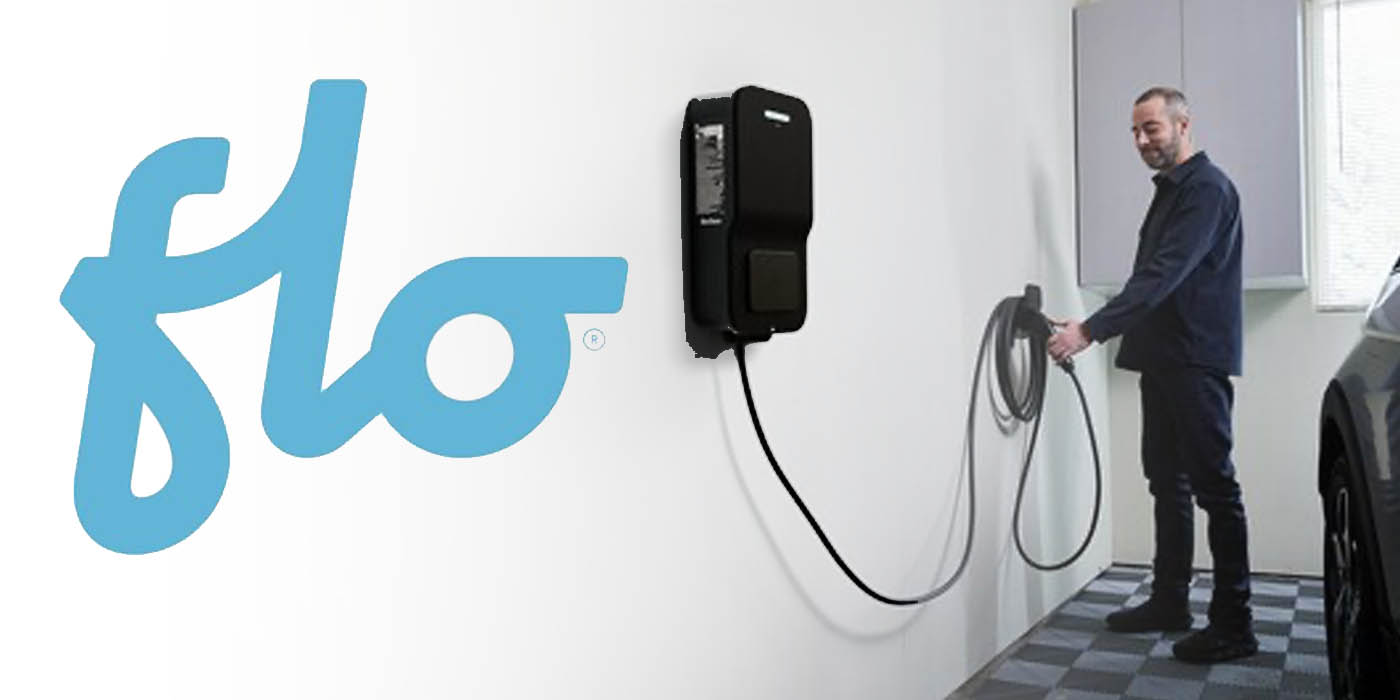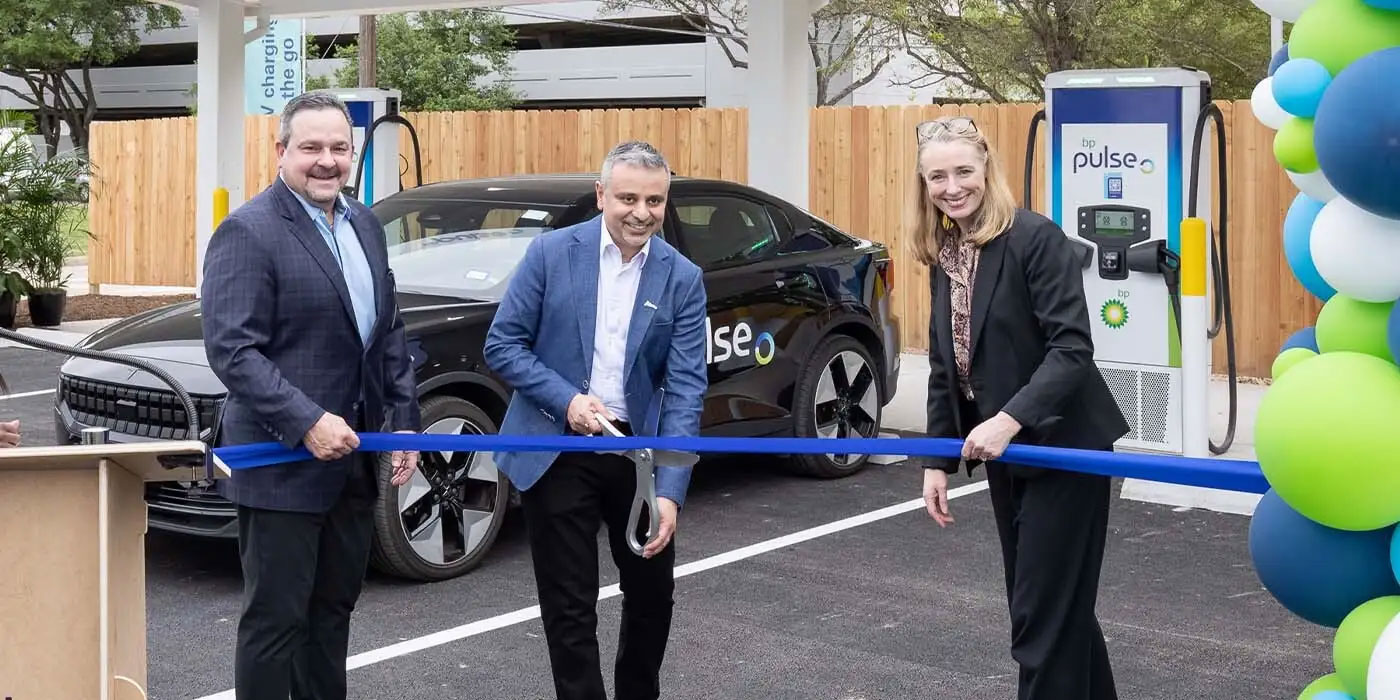Some technicians believe most of the service opportunities for Tesla are in the high-voltage battery, motor and inverter. Other technicians believe most service opportunities will be on the mechanical systems like the suspension, brakes and HVAC. But, whatever camp you are in, sooner or later, someone might ask if you can work on a Tesla.
Don’t expect to be able to use the OBDII connector for diagnostics. Since the Tesla is electric and is a zero-emissions vehicle, the OBDII 16-pin connector doesn’t do much if it has one. The diagnostic connection for the various models can be a 20-, 12- or 4-pin connection, depending on the Tesla model. The location of the connector and type can vary depending on the model and year. The cables can connect to a LAN or CAN bus, typically connected to the center information display or a gateway module.
There are three levels of Tesla diagnostics and repairs. The first level of diagnostics uses the center information display to look at data, alerts and perform basic resets. The second level uses an aftermarket scan tool with compatible cables and software to connect to a Telsa. Finally, level three is the use of the Tesla factory scan tool.
Level 1: The Car is the Scan Tool
Most Tesla models have a “service mode” accessed through the center console touchscreen. You do not need a tool connected to the vehicle to access this built-in feature. For example, in the menu you can bleed the cooling system, burnish brake pads and even reset the steering angle offset after an alignment. You can also read the alerts (Tesla’s version of DTCs) using service mode.
Service mode also disconnects the customer’s phone app from the vehicle, so they can’t access vehicle functions while you are working on it. It also disables sentry mode to deactivate the cameras.
You can access service mode through the software or service mode tab. If the vehicle asks for a code or password, it is SERVICE.
Level 2: Cable Up
There are two approaches when it comes to Tesla diagnostic tools. If you have an advanced scan tool from an aftermarket manufacturer, you can take your Tesla game to the next level with the right cables and software.
With these tools, you can read data parameters, perform resets and actuate some components. In addition, these tools can help you calibrate some ADAS functions and diagnose the battery systems. However, programming functions with these types of tools can be limited.
Level 3: Factory Toolbox
The other option is to purchase a subscription for Tesla’s Toolbox 3. This factory scan tool will allow you to do everything the dealer can, except for some security functions like programming keys. This PC tool is browser-based, and your computer will function like a pass-thru between the vehicle and Tesla’s servers. You need to use Google’s Chrome browser and alter some of your security settings for it to work. It also tells Tesla who is working on the vehicle. The Tesla Toolbox is a required tool for certified Tesla collision centers. Access costs $500 for 30 days or $3,000 for a year.
What About Tesla DTCs?
Tesla models do not use diagnostic trouble codes like those found in internal combustion vehicles. Instead, the system will store alerts that denote and record an event of interest. Alerts can include faults and abnormal behavior. The critical distinction is that Tesla alerts are for event-based troubleshooting instead of fault condition-based troubleshooting, according to Tesla. Alerts can also trigger messages on the user interface to communicate with the driver.
You can access the information for the alerts on Tesla’s service information website. The list of alerts are not universal and can change depending on the model, year and firmware version.
















